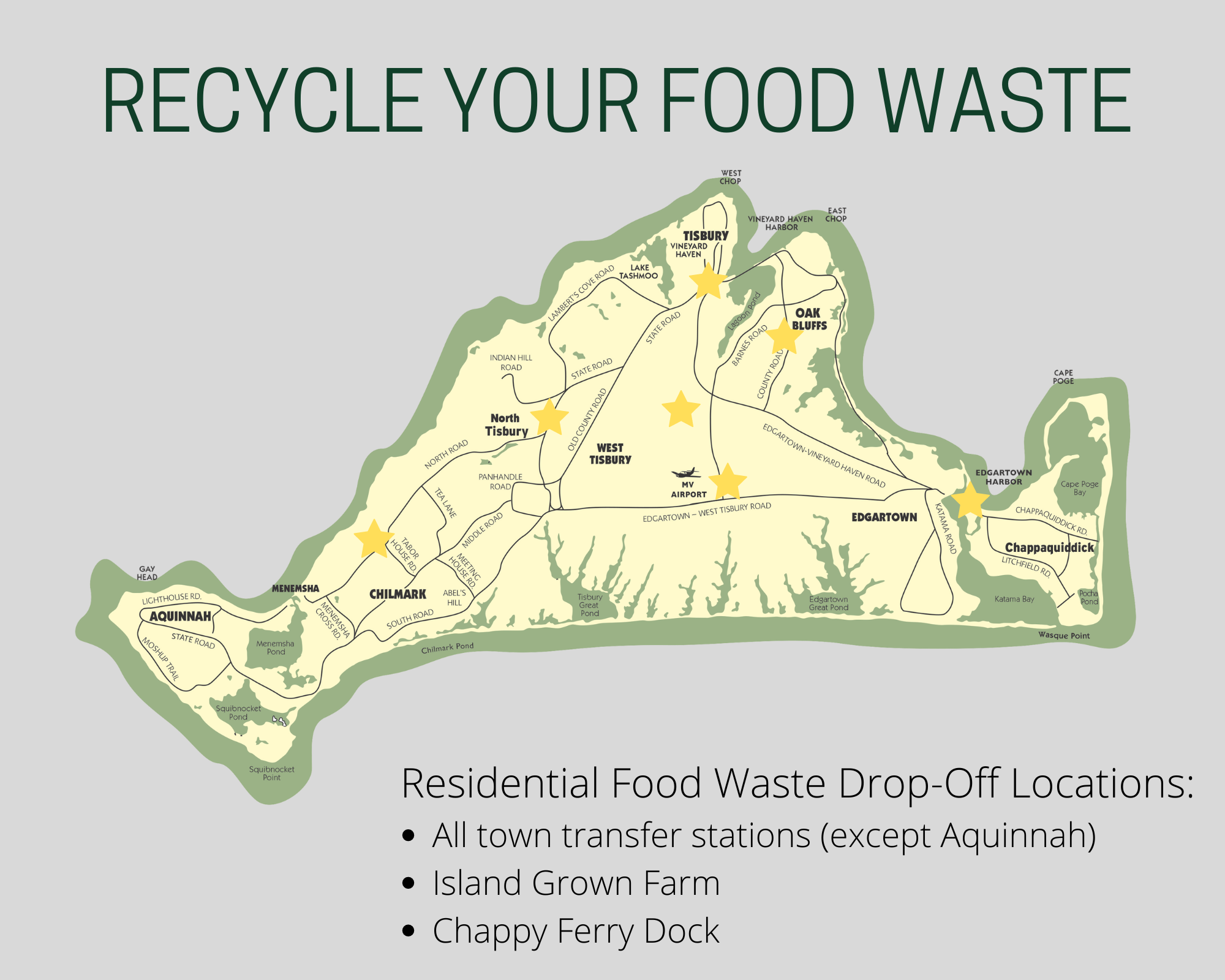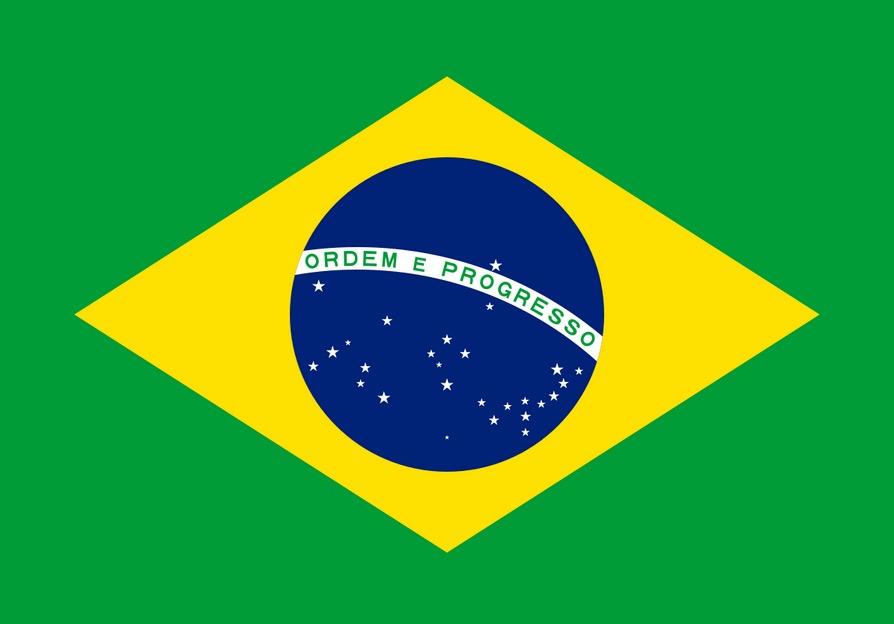MA CURRICULUM FRAMEWORKS
5-ESS3-1
5-LS1-1
5-LS2-1
OBJECTIVE
To discuss human impact on the environment through corn from colonization to today
ESSENTIAL QUESTIONS
How has modern corn come to be?
How do humans impact our environment?
How does our environment impact us?
MATERIALS NEEDED
Seed catalogs
Indian corn or any dried corn on husk Dried wheat
For Tortillas: Masa harina, hot/warm water, salt, Tortilla press, parchment paper, griddle, bowls, spatula, measuring cups, plates or napkins for finished tortillas
PROCEDURE
Lay out tortilla materials in an assembly line with room for students to work, boil/heat water for tortillas prior to the lesson
What do you need to grow corn? What does the plant look like? Discuss what plants need to grow and what corn specifically needs.
- Did corn always look the way it does now? Corn originated from a plant called Teosinte (show photos or examples) and was selectively bred to get where we are today. Think about the corn grown in the school garden. It’s often bright red and blue colors, with some ears of corn eaten by worms. When we save seeds (or in this case, kernels), we often look to save from the ears that are pest free and large.
- How could you grow corn with more and more kernels every year? From teosinte to modern corn, we’ve selected ears of corn with a higher number of larger kernels.
- Provide visual or actual examples of different types of corn we grow today, and some heirloom varieties. Compare and contrast, or discuss the pros and cons of each variety. If there is time, distribute seed catalogs to groups of students, and have them decide on one variety to grow, and have them share why.
- Where on the world map did corn originate? Get a student to come up and point to their guess.
Teosinte originated in Balsas River Valley in Mexico about 8,000 years ago. Why were river valleys so important to early agriculture? They are a natural irrigation system!
- Discuss how the colonists discovered corn in Mexico and why the corn grain was so exciting to the colonists. Using physical examples, compare corn kernels to wheat grains, which colonists were accustomed to eating before colonization. What are the similarities and differences?
- Show a map of corn trade. Ask students to point to Mexico on the map, then the parts of Europe that colonists sailed from. Where did corn trade expand? Why did trade with corn expand so widely? Kernels transport easily when dried.
- Discuss how the colonists and indigenous peoples of Mexico exchanged ideas and food. What did the colonists discover in Mexico that you enjoy eating today? What did the colonists bring to Mexico that we still eat?
- Show world map of corn production. Today, people grow more corn in the world than any other crop! Show a list of products that use corn (or starches, sugars, flavorings, etc. derived from corn).
- Video: Show aerial drone video of mechanized corn harvest and transport in Iowa from youtube
- How do humans impact the environment by producing corn? Positively? Negatively? What could we do better?
Why do we grow so much corn? Show break down of corn production today (39% biofuel, 37% animal feed, 13% export, and only 11% is for food). Show photos of beef, dairy, pork, chicken, and egg operations that rely on corn for feed.
Tortilla Activity
Corn has come a long way since humans first started cultivating it thousands of years ago. One of the oldest ways corn was used is still extremely popular today – to make tortillas!
- We’ll make tortillas together in the spirit of preserving the natural, ancient, tried and true ways – divide each step into its own station with room for students to work.
- Everyone wash their hands thoroughly!
- Grind corn kernels into a flour (optional, if you have the time and equipment)
- Mix masa harina and water to form a dough
- Roll the dough into balls
- Press the tortillas, either using a tortilla press or with hands
- Heat them on the griddle (without oil) – INSTRUCTOR ONLY
- Pass out tortillas to all the students to taste
- How do these tortillas taste compared to other tortillas students have had?
- Wrap-up: What have we learned about corn today?
FOLLOW UP & EXTENSIONS
This lesson could be broken into two parts – there is a lot to discuss and students will have a lot of questions.
If you’d like to focus on corn for multiple lessons (or to create a whole unit on corn!), the below extensions might offer ideas on where to take the discussion:
Genetically modified corn: intro to genetically modified organisms and food
Corn biofuel: the production of corn into fuel, the ethics of using food for fuel
Agricultural runoff: water systems, designing a system that is able to absorb a contaminant most effectively and have the least amount of runoff. Research organic pesticides and herbicides.
Corn origins: Study other food origins and food system connections, research other corn recipes from around the world, host a corn-centric meal.
Modern corn: in government, how is corn a major player in the US government and foreign policy? What crops could replace corn?








